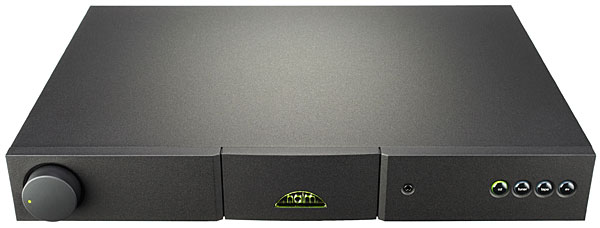| Columns Retired Columns & Blogs |
Excellent review HR-
earlier this year I did spend some time w/ this integrated amp and its matching cd player. Excellent sound, very pleasing. Simple set-up that does not require any critical skills. Disclaimer:
I am a separates guy.






































